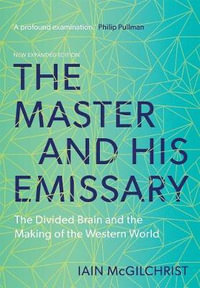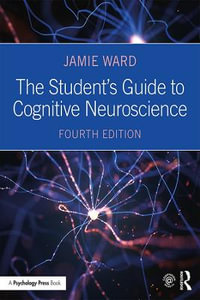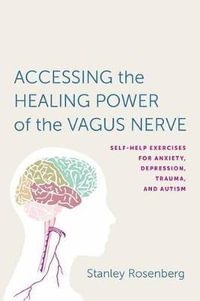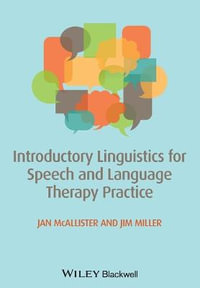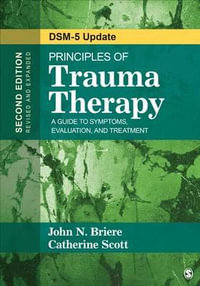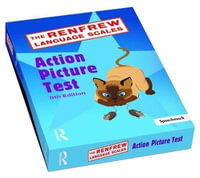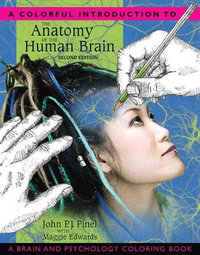
Assessing Neuromotor Readiness for Learning
The INPP Developmental Screening Test and School Intervention Programme
Hardcover | 4 December 2024 | Edition Number 2
At a Glance
Hardcover
$239.40
Available for Backorder. We will order this from our supplier however there isn't a current ETA.
Updated INPP training manual for determining immature neuromotor skills in children and associated interventions to improve neuromotor ability
The substantially revised and expanded Second Edition of Assessing Neuromotor Readiness for Learning is a long-established INPP training manual that has been consistently proven in practice which includes neuromotor skill tests for children, a developmental movement program, and information about paid online access to INPP video training materials.
The book comprises two main sections: A simple screening test for use by teachers in schools to investigate whether immature neuromotor skills are a factor in children who are under-performing in literacy, numeracy, and writing or who may be underachieving, as well as a developmental movement program designed to be introduced into schools as a class-based activity, which is carried out under teacher supervision for 10 minutes per day, every day over the course of one academic year.
The manual is not intended to be used as a standalone assessment for diagnostic purposes, but rather a simple means of screening for physical factors which can underlie specific learning difficulties and underachievement, and which respond to the school intervention program.
Assessing Neuromotor Readiness for Learning includes information on:
- Checking visual tracking, control of saccadic eye movements, and aberrant reflex response
- Testing gross muscle coordination and balance via the Tandem Walk and walking on the outsides of the feet (the Fog test)
- Assessing visual-auditory-speech recognition of sounds, including individual sounds, sound blends, syllables, and synthesis of the three
- Utilizing various neuromotor tests, including the Romberg test, the one leg stand, crossing the midline, and the finger and thumb opposition test for qualitative purposes.
Assessing Neuromotor Readiness for Learning is an essential guide for teachers who want to identify children who may be under-achieving as a result of immature motor skills, implement the INPP screening test and/or program into their lessons, as well as researchers interested in using the screening test to evaluate children's neuromotor skills and efficacy of various intervention programs.
ISBN: 9781394214662
ISBN-10: 1394214669
Published: 4th December 2024
Format: Hardcover
Language: English
Number of Pages: 160
Audience: Professional and Scholarly
Publisher: John Wiley & Sons (UK)
Country of Publication: GB
Edition Number: 2
Dimensions (cm): 22.9 x 15.2
Shipping
| Standard Shipping | Express Shipping | |
|---|---|---|
| Metro postcodes: | $9.99 | $14.95 |
| Regional postcodes: | $9.99 | $14.95 |
| Rural postcodes: | $9.99 | $14.95 |
How to return your order
At Booktopia, we offer hassle-free returns in accordance with our returns policy. If you wish to return an item, please get in touch with Booktopia Customer Care.
Additional postage charges may be applicable.
Defective items
If there is a problem with any of the items received for your order then the Booktopia Customer Care team is ready to assist you.
For more info please visit our Help Centre.




